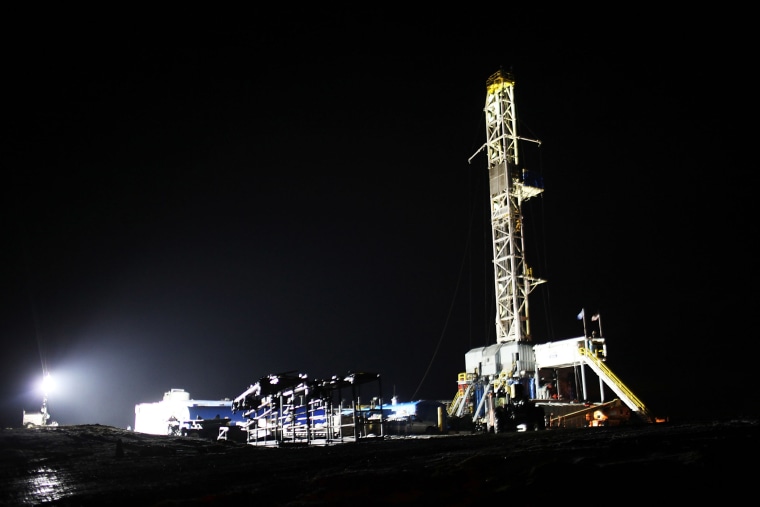Levels of radon, an invisible, odorless radioactive gas, have been rising measurably in Pennsylvania since the controversial practice of fracking started there, researchers reported Thursday.
The study cannot directly link fracking with the raised radon levels. But whatever is going on, residents need to be aware of the rising levels of the gas and take action to get it out of their homes, the researchers say.
Radon is the second-leading cause of lung cancer in the U.S., killing an estimated 21,000 people a year. It occurs naturally in many types of rocks, and many people who have bought or sold a home will be familiar with the radon test on the basement or ground floor.
RELATED: New rule makes companies disclose chemicals used in fracking
Pennsylvania has notoriously high levels of radon, and Joan Casey of the Johns Hopkins Bloomberg School of Public Health and colleagues set out to assess all the different sources of radon on Pennsylvania homes over time.
But they also noticed a trend over time. Depending on where in the homes the radon was measured, radon levels started inching up in either 2004 or 2006.
And the trend was linked with just how much unconventional drilling was going on. This includes horizontal mines and hydraulic fracturing or fracking.
"Between 2005-2013, 7,469 unconventional wells were drilled in Pennsylvania. Basement radon concentrations fluctuated between 1987-2003, but began an upward trend from 2004-2012 in all county categories," they wrote.
Radon levels were higher in homes near where there were more of these wells.
"Nearly 300,000 homes had a first basement test result that exceeded the EPA action level," they wrote. In other words, a level high enough to merit doing something to get the radon out, including the use of fans to flush the gas out of a building.
It is possible that homes just happened to get sealed more tightly over that time and this accounts for the higher radon levels, the researchers said.
But it's also possible that the radon is coming into homes through the air. Fracking involves high-pressure injection of water into shale rock to get the natural gas out. The gas and the water both can then carry radon with them.
Read more at NBCNews.com.
